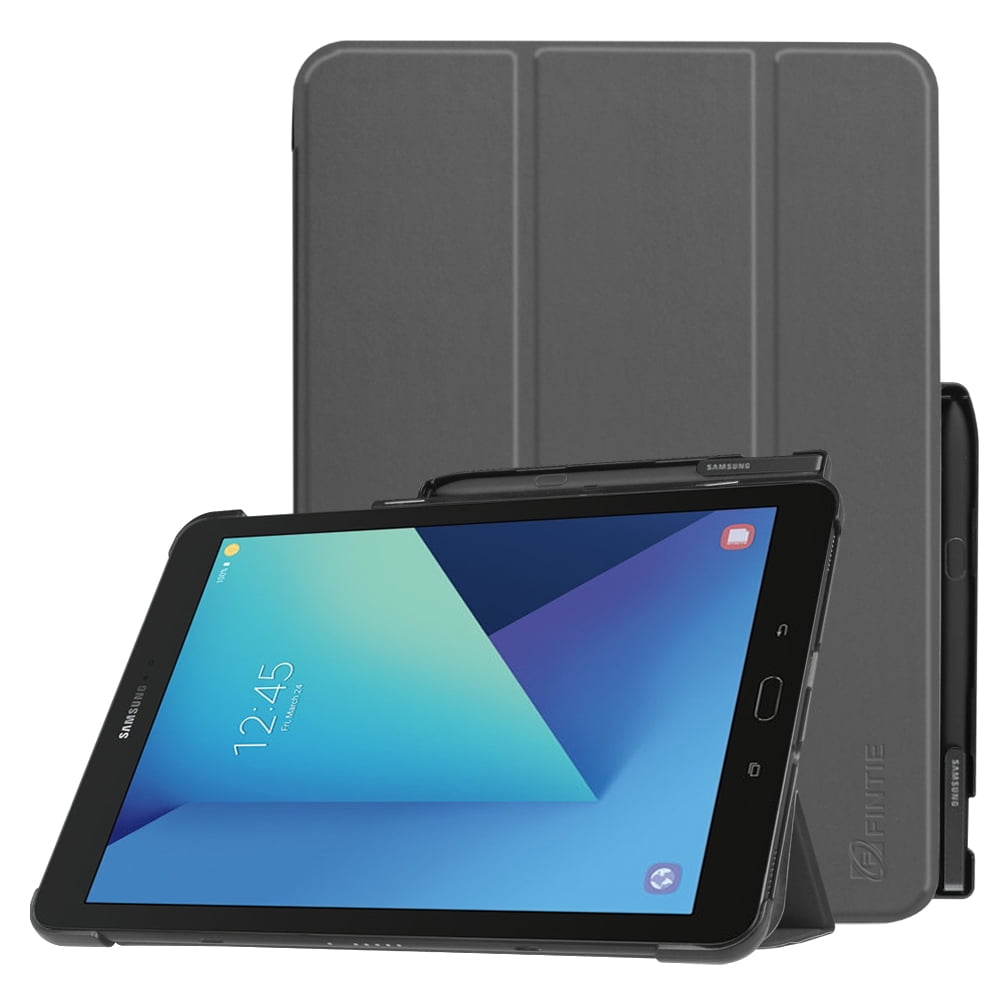
CAMERA CASE FOR NIKON P900 ISO
The effects can often be seen in shots of human hair, where the individual strands are lost and an almost "watercolor" look appears.ĭefault High ISO Noise Reduction, Incandescent LightingĪs mentioned previously, ISO 100 already shows significant smudging in areas of low contrast as in the above crop, though fine detail is still good and both luma and chroma noise are well-controlled. Noise-suppression systems in digital cameras tend to flatten-out detail in areas of subtle contrast. This is typical of small sensors, though, and the P900 did a good job at removing color noise here. The crop above right shows significant softening due to noise reduction, even at base ISO, smudging or merging many of the individual strands of hair together. Edge enhancement creates the illusion of sharpness by enhancing colors and tones right at the edge of a rapid transition in color or tone.ĭetail. Still, not a bad performance given the sensor size, resolution and massive lens. The P900 produces slightly soft images with only minor sharpening haloes as shown in the crop above left. Slightly soft definition of high-contrast Strong default noise reduction reduces detail even at base ISO. Slightly soft images with only moderate sharpening artifacts. With a mean "delta-C" color error of 5.95 after correction for saturation, hue accuracy is about average these days. The cyan to blue shift is very common among the digital cameras we test we think it's a deliberate choice by camera engineers to produce better-looking sky colors, and we don't find the resulting color objectionable. The Nikon P900 shifts cyan toward blue by a moderate amount, but other shifts such as orange toward yellow, and yellow toward green are very minor. This is simply because most people like their color a bit brighter than life. Most consumer digital cameras produce color that's more highly saturated (more intense) than found in the original subjects. You can of course tweak saturation to your liking, or choose a different color mode, including two custom options.



We found the P900 generally produces attractive colors in its images. The P900's mean color saturation at base ISO is 111.8% (11.8% oversaturated) which is typical, perhaps just a touch higher than average. The Nikon P900 pushes some colors likes strong reds and dark blues by quite a bit, but it actually undersaturates yellow and aqua tones moderately. Thus, hue-accurate, highly saturated colors appear as lines radiating from the center. Hue changes as you travel around the center. More saturated colors are located toward the periphery of the graph. In the diagram above, the squares show the original color, and the circles show the color that the camera captured. Fairly typical saturation levels and hue accuracy.


 0 kommentar(er)
0 kommentar(er)
